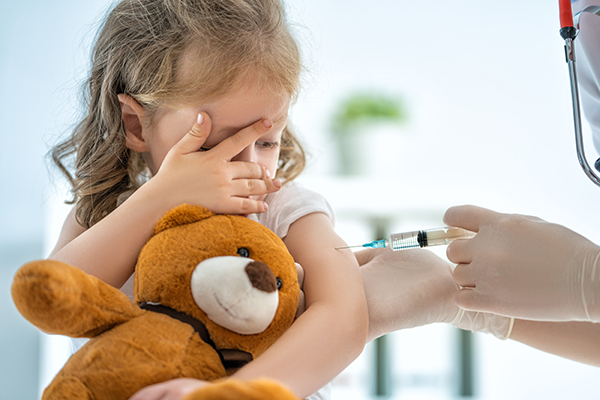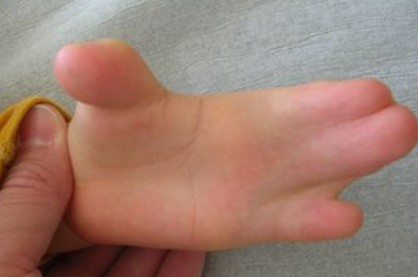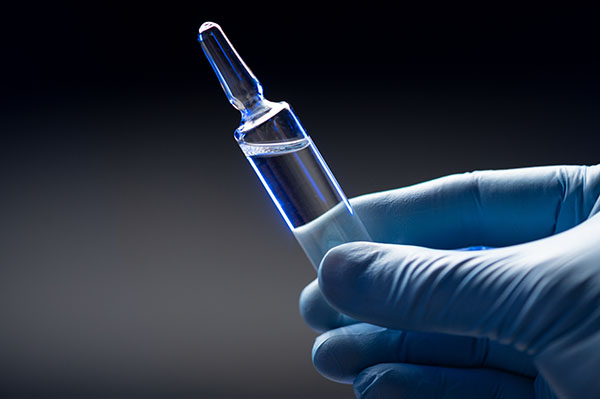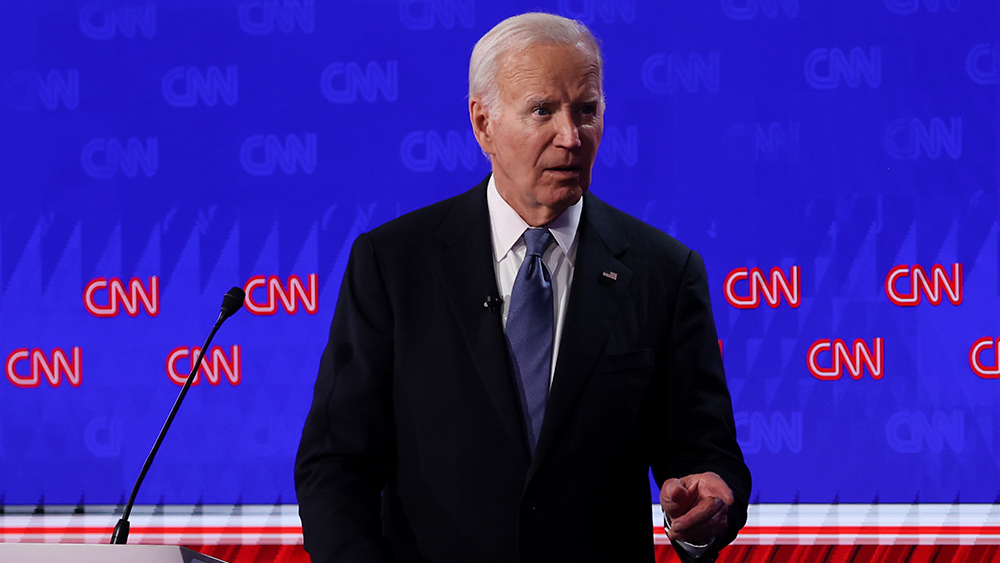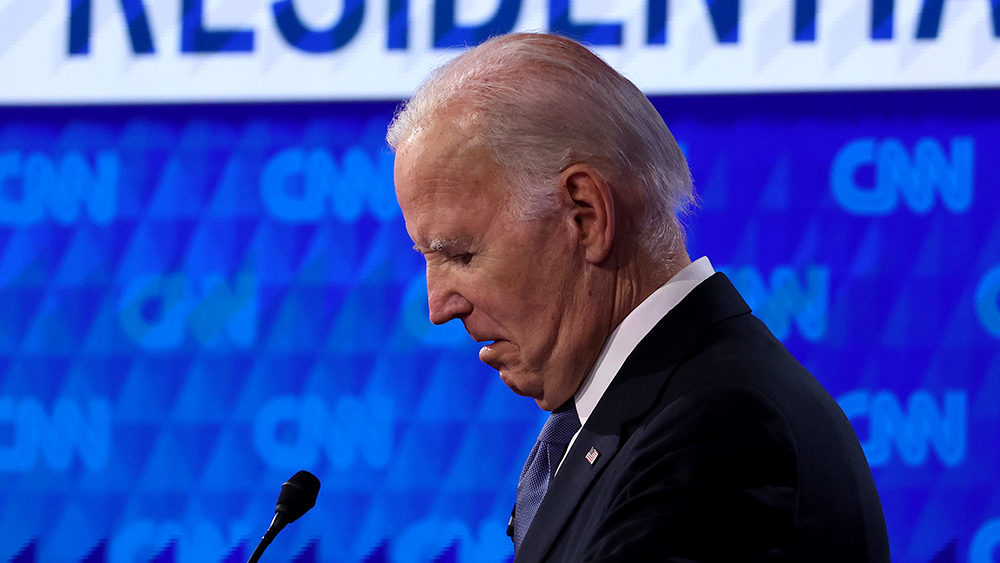Something triggered seizures in 8 children at a Harvard choir concert—and what everyone should know
07/24/2025 / By Lance D Johnson

It was supposed to be a night of soaring melodies and youthful exuberance—a French children’s choir performing sacred and popular songs in the storied halls of St. Paul’s Parish near Harvard Square. Instead, the concert turned into a scene of panic when eight children suddenly collapsed one after the other, their bodies wracked by seizure-like symptoms. The culprit? Authorities suspect fumes from cleaning supplies, a haunting reminder of how invisible threats can trigger medical emergencies without warning. For parents, first responders, and witnesses, it was a nightmare unfolding in real time—one that underscores how crucial it is to recognize seizure signs and act fast.
Key points:
- Eight children at a choir concert experienced sudden seizure-like symptoms, possibly due to cleaning product fumes.
- Seizures vary widely—from mild “petit mal” episodes to violent “grand mal” convulsions—and can be triggered by toxins, illness, or even stress.
- Immediate first aid (clearing space, cushioning the head) can prevent injury, but prolonged seizures require emergency intervention.
- Historical stigma around seizures lingers, but modern medicine offers better management—even as mysteries remain about causes and prevention.
The night that turned to chaos
When paramedics arrived, the first child reported seizing was already sitting outside the church, dazed but stable. Then, like dominoes, seven more young performers began exhibiting muscle rigidity, confusion, and jerking movements—hallmarks of acute neurological distress. “That quickly escalated into seven other people having seizure-like symptoms,” Cambridge Fire Chief Thomas Cahill told reporters, his voice tight with urgency. Hazardous materials teams scoured the building, but no chemical traces were found. The prevailing theory? A potent cocktail of cleaning agents, inhaled in an enclosed space, short-circuited young nervous systems without leaving a trace.
Seizures decoded: From daydreams to violent thunderstorms in the brain
Seizures aren’t a monolith; they’re as varied as the brains they disrupt. Take petit mal seizures, where a child might seem to stare blankly for seconds—unaware of their surroundings, yet unharmed. Contrast that with focal seizures: a finger twitches, then an arm, then half the body locks into jerking rhythms, sometimes escalating to a full-body storm. The most frightening, grand mal seizures, involve loss of consciousness, tongue biting, and violent thrashing, leaving victims exhausted or comatose afterward.
Then there’s status epilepticus, a relentless barrage of seizures without recovery periods. It’s a race against time—every minute risks brain damage or cardiac arrest. “The brain is like an overloaded power grid,” explains Dr. Ellen Rives, a neurologist unaffiliated with the Harvard Square case. “When electrical signals surge uncontrollably, the body pays the price.”
Seizures during high fever
Febrile seizures can occur during any illness that causes a high fever, particularly in young children, as their developing nervous systems are more susceptible to extreme temperature fluctuations. Febrile seizures can also occur after vaccination. When body temperature rises rapidly, the brain’s electrical activity may become disrupted, leading to convulsions, temporary loss of consciousness, or muscle rigidity. Though alarming, most febrile seizures are brief and non-life-threatening, but prolonged or recurrent episodes require medical attention. If fever exceeds 106°F (41.1°C), immediate action is needed to prevent complications such as brain damage or organ failure. Cool the body by applying lukewarm (not cold) compresses to the forehead, neck, wrists, and groin, offer small sips of room-temperature fluids, and administer fever-reducing medications like acetaminophen or ibuprofen if appropriate. Avoid bundling in heavy blankets, as this can trap heat—instead, keep clothing light and the room moderately cool.
Natural support for fever modulation
To help the body regulate fever effectively without triggering seizures, natural remedies can enhance immunity while moderating excessive heat. Cooling herbs like Yarrow and Boneset promote sweating to gently lower temperature, while Elderflower and Peppermint tea aid detoxification. Electrolyte-rich fluids—such as coconut water or diluted fruit juices—prevent dehydration, which worsens fever intensity. Nutrient-dense broths (e.g., bone broth) provide minerals, while anti-inflammatory foods like ginger and garlic support immune function. Homeopathic options like Belladonna (for sudden high fever) or Ferrum Phos (for gradual rises) may help balance the fever response. Additionally, rest in a comfortably warm (not hot) environment allows the body to direct energy toward healing, ensuring fever remains a protective mechanism rather than a harmful overload. Always monitor children and vulnerable individuals closely, intervening if fever spikes abruptly or persists beyond 48 hours.
Cannabis nasal sprays for seizures
The development of cannabis nasal sprays represents a revolutionary advancement in the treatment of seizures, particularly grand mal seizures—a severe and life-threatening form of epilepsy. In 2016, footage surfaced demonstrating how a cannabis-based nasal spray could halt such seizures in just 20 seconds, offering rapid relief without the side effects associated with traditional pharmaceuticals.
Cannabis nasal sprays typically contain cannabinoids, such as CBD (cannabidiol) or THC (tetrahydrocannabinol), which interact with the endocannabinoid system—a network of receptors in the brain that regulate neurological functions. When administered intranasally, these cannabinoids are quickly absorbed through nasal mucosa, entering the bloodstream and crossing the blood-brain barrier within seconds, making them far faster-acting than oral medications.
A history of fear—and progress
For centuries, seizures were misattributed to demonic possession or divine punishment. The term “epilepsy” comes from the Greek epilambanein, meaning “to seize or attack,” reflecting ancient terror of the condition. Today, MRIs and EEGs map neural misfires, while medications help millions live normally. Yet stigma persists: Employers balk, schools misjudge, and bystanders freeze when witnessing a seizure.
The Harvard incident, though likely environmental, echoes a darker truth: Seizures can strike anyone, anytime. From strokes to sleep deprivation, triggers lurk in daily life. “We’ve gotten better at treating seizures, but prevention is still a puzzle,” admits Rives.
What to do if there’s a seizure—and why it matters
When 12-year-old Marco Diaz had his first seizure at a soccer game, his coach thought he was faking. By the time EMTs arrived, Marco had bitten through his lip. Stories like his reveal why education is critical. The CDC’s advice is simple: Stay calm. Cushion the head. Time the seizure. Don’t restrain. If it lasts past five minutes, call 911. Anti-seizure medications are easy to administer and readily available.
For the Harvard choir, the ordeal ended thankfully—all children were released from hospitals by morning. But the scare lingers, a wake-up call about the fragile lines between safety and unseen danger. As cleanup crews review their products and parents hug their kids tighter, one lesson screams louder than the rest: Seizures don’t discriminate, but readiness can save lives.
Sources include:
Submit a correction >>
Tagged Under:
Boston news, Brain disorders, Cambridge Fire Department, child health, choir concert, emergency response, epilepsy, first aid, focal seizure, grand mal, Harvard Square, hazard prevention, medical emergency, music events, neurological symptoms, neurology, petit mal, public safety, seizures, toxic fumes
This article may contain statements that reflect the opinion of the author
RECENT NEWS & ARTICLES
BrainDamaged.News is a fact-based public education website published by Brain Damaged News Features, LLC.
All content copyright © 2018 by Brain Damaged News Features, LLC.
Contact Us with Tips or Corrections
All trademarks, registered trademarks and servicemarks mentioned on this site are the property of their respective owners.




